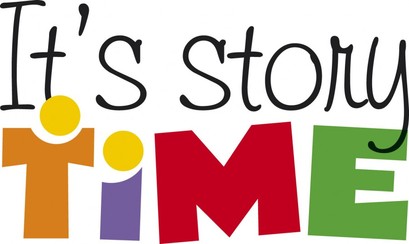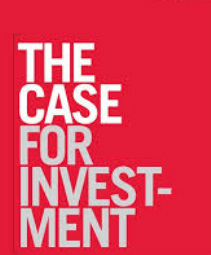The first question in developing a “story strategy”—a communications and organizing strategy that uses stories—is not, “How do we tell this particular story well and get it to go big?” Instead, the first question is, “What do we want to achieve?” In the case of the first reader, the answer is right there: to encourage people to support your organization financially or take part in your programs. Really, those are two separate but related objectives, and each probably calls for a different audience.
Are you sure that your namesake’s story is the best one to help you fulfill your objectives?
To get that answer, you must next ask another question.
Who can help us achieve our goals?
See the rest of the article here





 RSS Feed
RSS Feed
